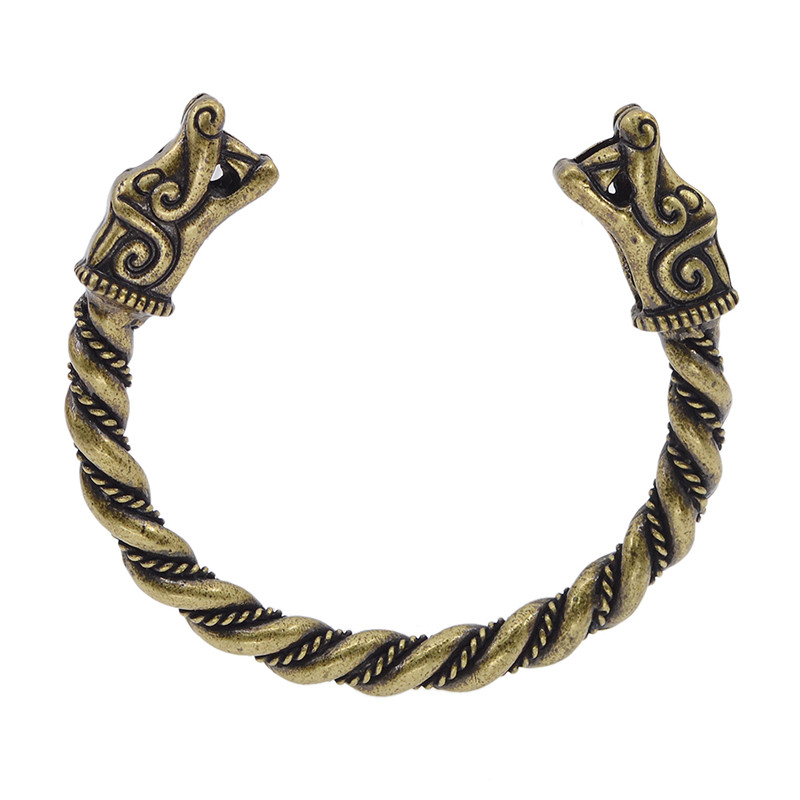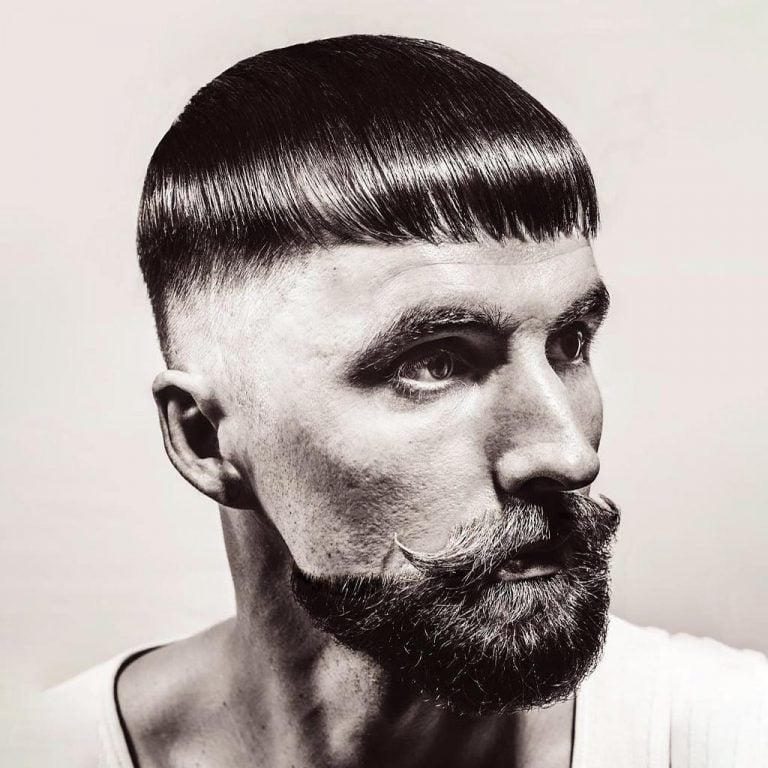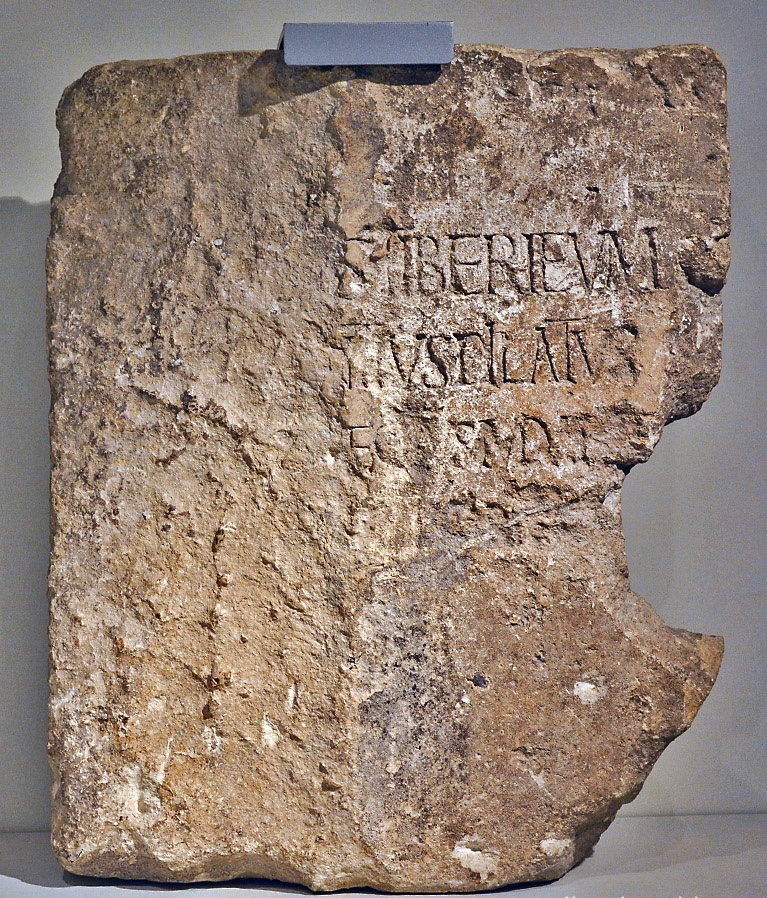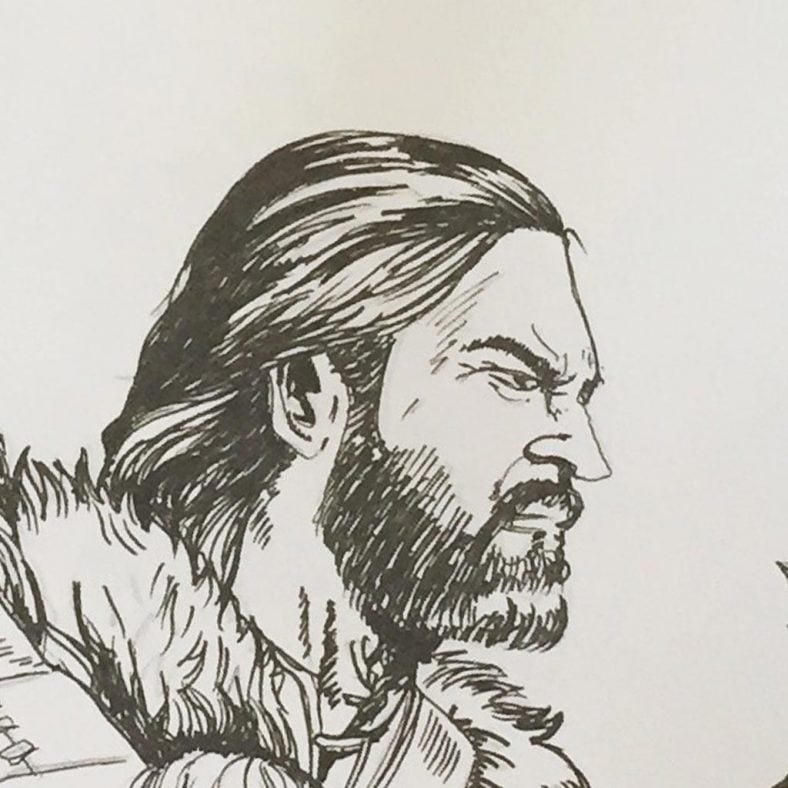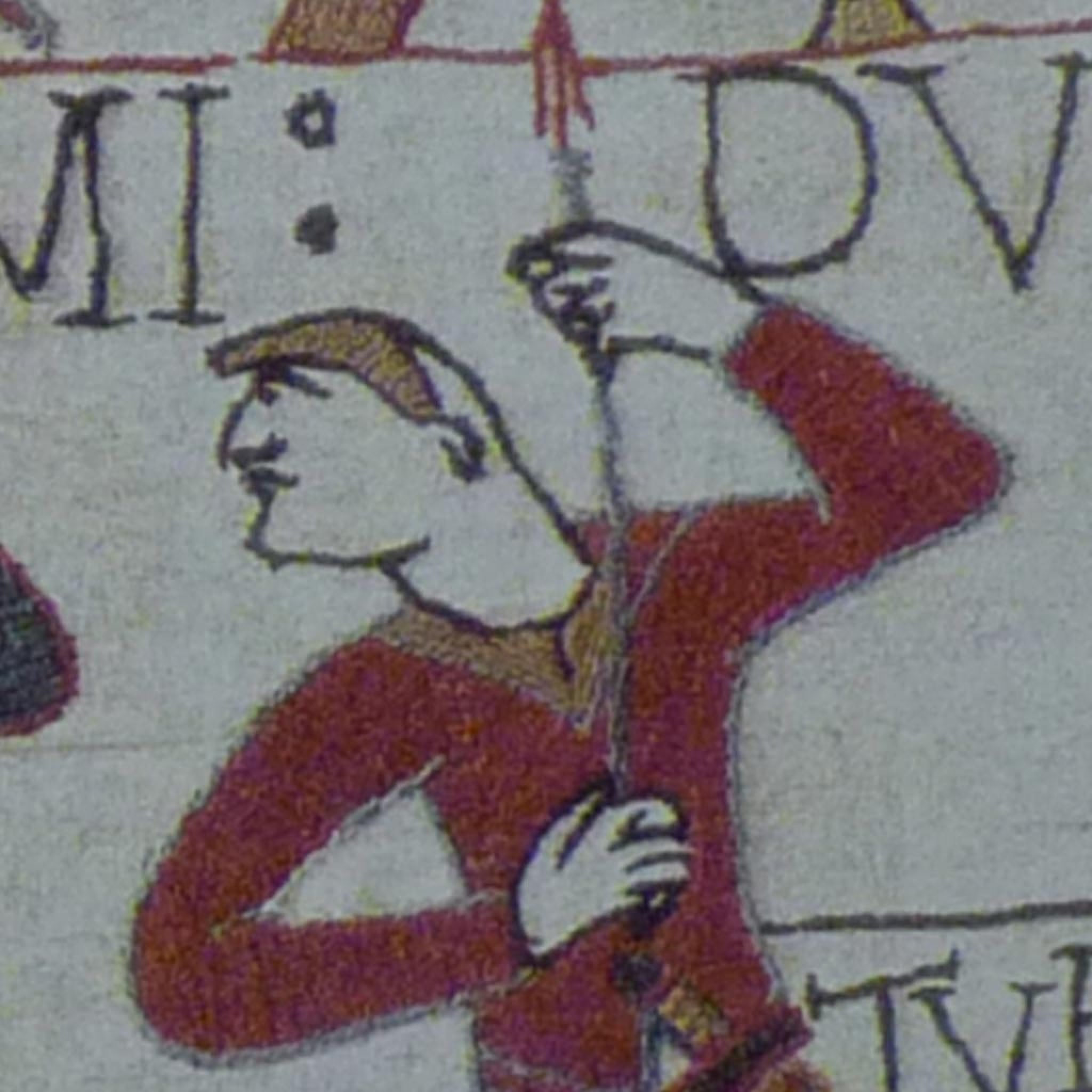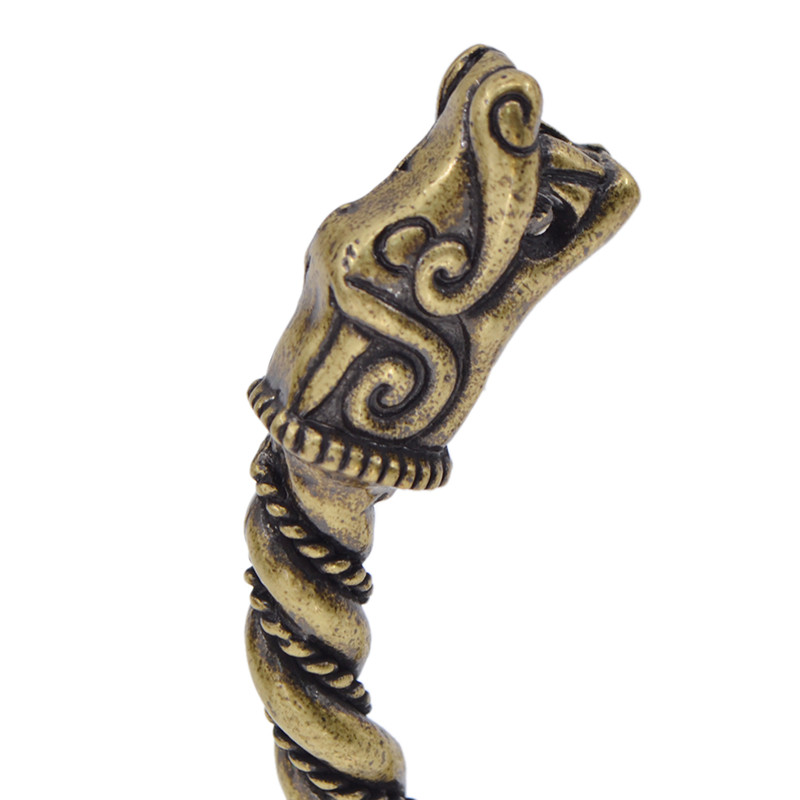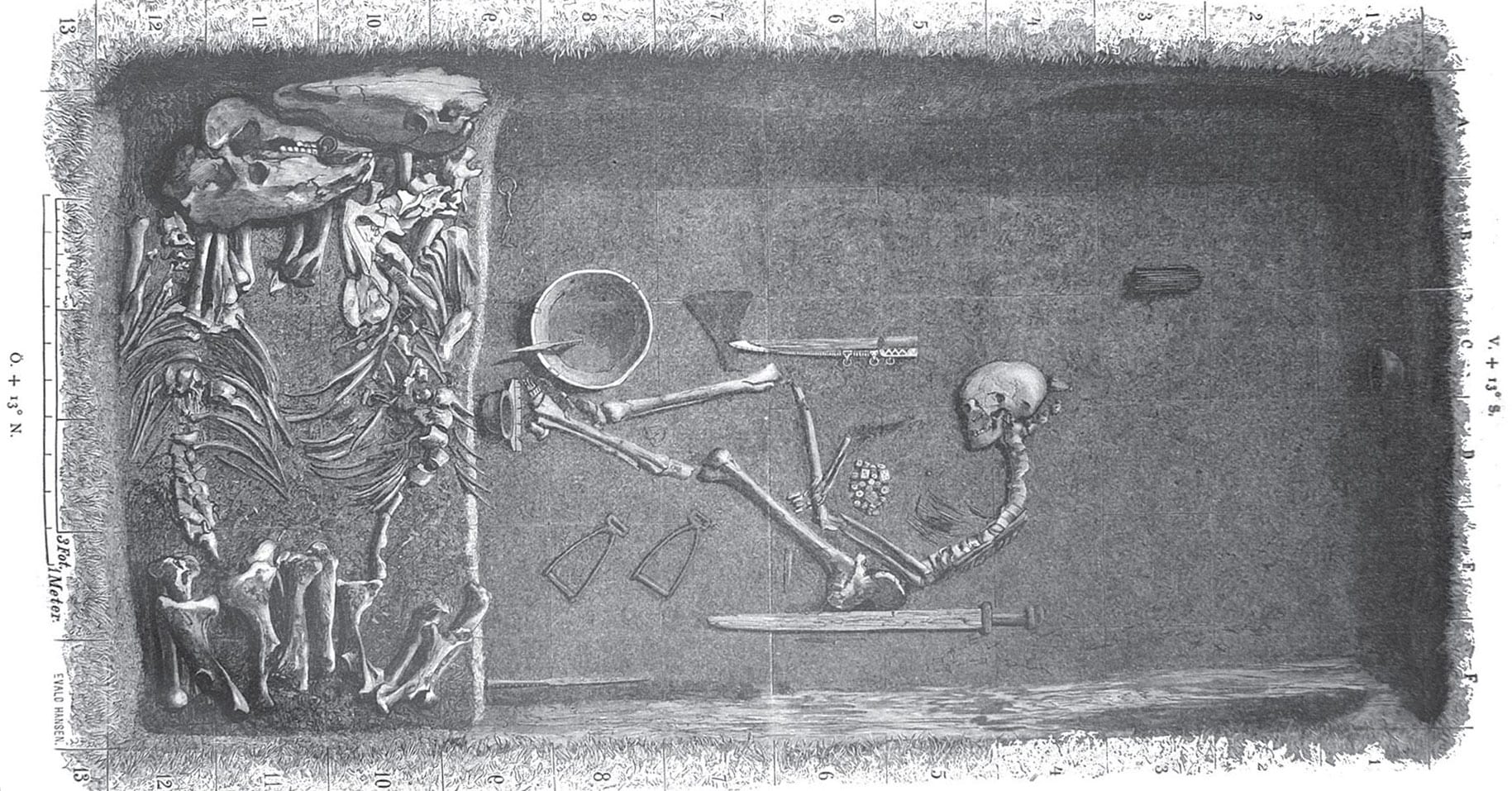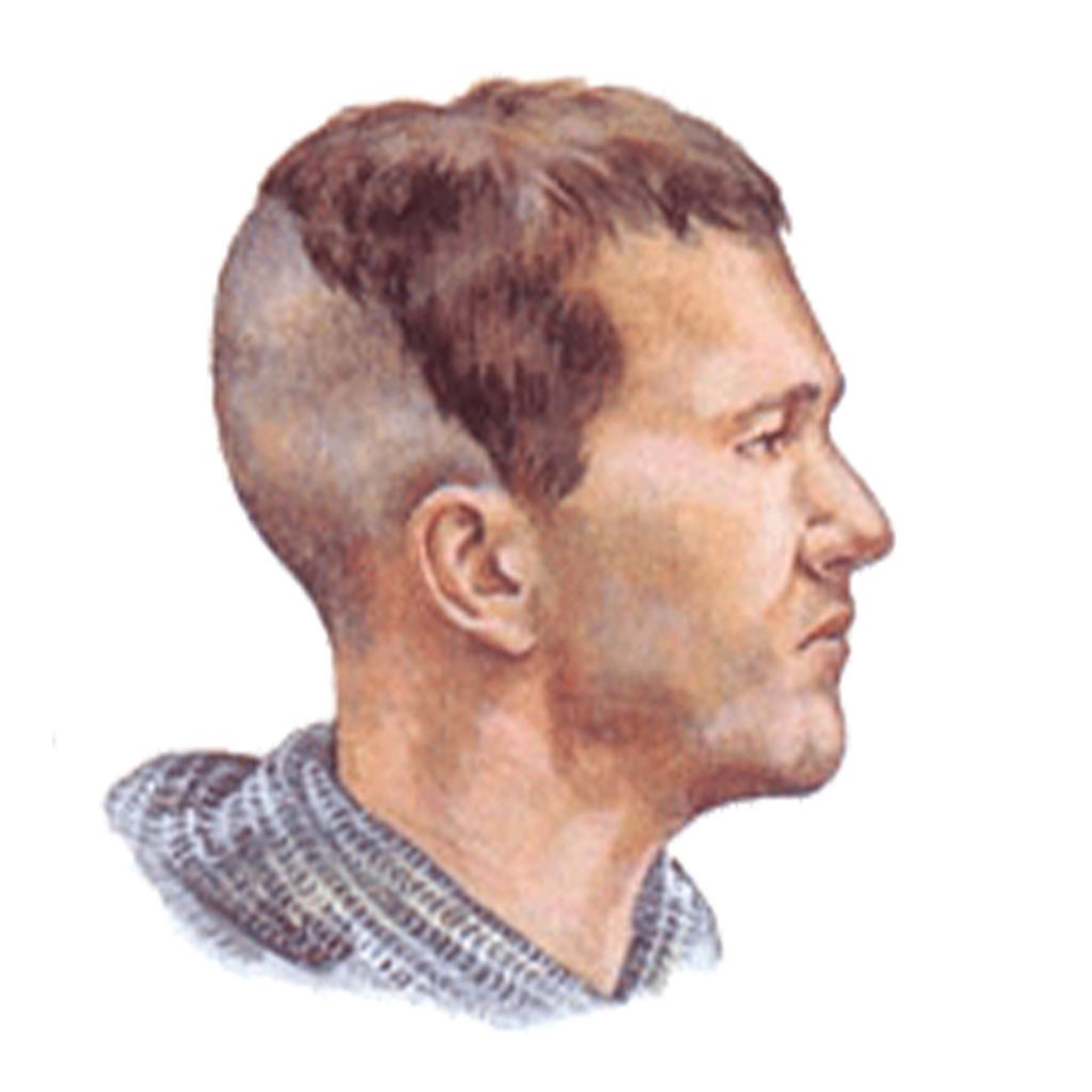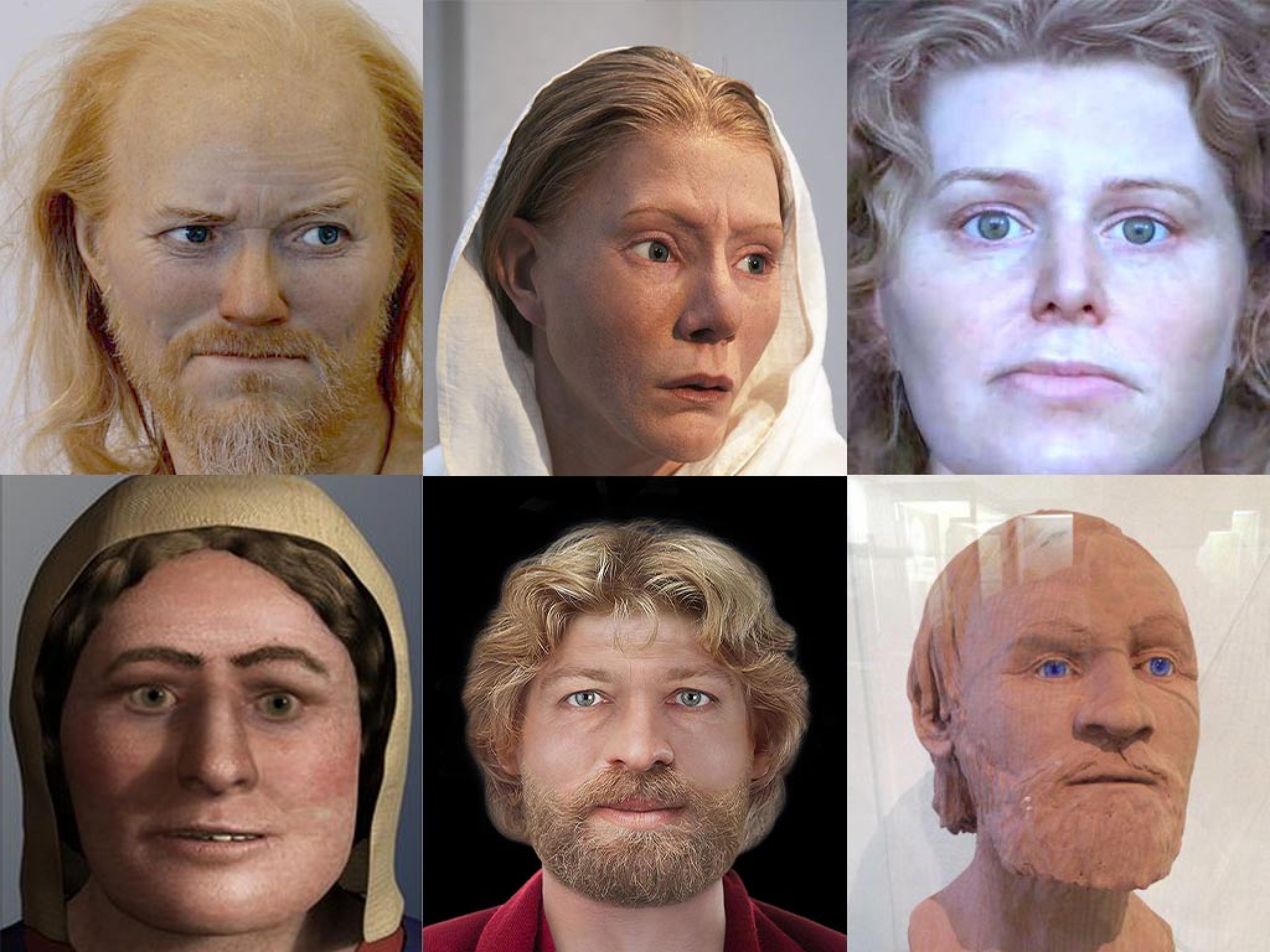Fun Tips About Archeological Evidence That Viking Hairstyles Involved Twisting Not Braiding Womens Natural Hair

Other ancient civilizations in greek and roman cultures, braids were a popular hairstyle for both men and women.
Archeological evidence that viking hairstyles involved twisting not braiding. A frequent motif found in the viking age archaeological record (and it. Both women and men appear in the scenes. These warriors wear long braids down their.
These bold and fierce viking braid hairstyles add a unique touch of dynamism to your daily look. Viking hairstyles have their origins. The braid was among one of several hairstyles used by the vikings as one needs long hair and a healthy scalp as the braid also puts stress on the hair strands as.
But is this depiction historically. Buns and caps for married women; Yet, there exists no actual evidence that we know of that any norse person ever wore their hair like that, but with names like sveynn forkbeard (a beard parted in.
From ancient scandinavia to today's urban landscapes, the influence of viking hairstyles endures, showcasing a society where hairstyles were both practical. Twists, knots and braids make viking hairstyles for women really exciting. 03 may in our modern imagination, vikings are often depicted with long, flowing hair and impressive beards, symbols of strength and power.
Soldiers often wore braids to keep their hair out of their faces. These hairstyles come from artifacts, sculptures,. The use of braided hair was extremely common for viking women.
What is the history of viking hair? The archaeological record provides us with more insight, including into viking age female hair styles. Leave a comment / art & culture, nordic countries, scandinavia / by true scandinavia “did vikings have dreads?” from films to television shows, vikings have been depicted in.
Evidence of braiding dates back to depictions in ancient egyptian, greek, and roman art. The earliest evidence of cornrows in america comes from photographs taken in 1892 of zulu warriors on parade in south africa. To understand viking woman’s hairstyles, it’s crucial to delve into the historical context.
Did vikings have braids first? Viking hairstyles are known for their bold and braided styles, which were popular among viking warriors. There is some debate over this particular topic, but the consensus is that braids did not originate with the vikings.
Some historians believe celtic tribes and african civilizations were. We do not have as many archeological findings of different female hairstyles as we have for male cuts, but nonetheless here are some that are fairly historically accurate: Archaeological studies also have shown beard combs, hair beads, jewelry, and other trinkets that were likely worn in viking beards and braided hairstyles.
For viking women, long hair was a sign of femininity, and they often wore it loose or in simple styles. The viking age spanned from the late 8th century to the. According to archaeological evidence, viking women often wore their hair in.
